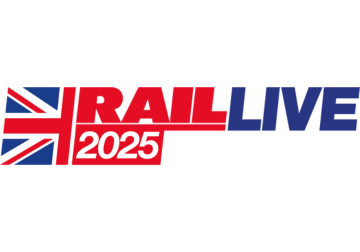
Go-op is changing its investor strategy as it seeks to raise the £2.6 million needed before it can start carrying passengers.

Go-op is changing its investor strategy as it seeks to raise the £2.6 million needed before it can start carrying passengers.
The open access operator received permission from the Office of Rail and Road in November 2024 to run services between Swindon and Taunton via Westbury, and between Taunton and Weston-Super-Mare.
Of that, around £1.1m is needed in start-up costs while a maximum of £1.5m is required to fund eight level crossing improvements along the route which the regulator said must be carried out before trains can operate.
The co-operative firm has been looking to target social investors to raise the capital needed, but it has struggled to attract backing.
Go-op Chair, Alex Lawrie, explained: “The rail industry is unpopular with investors. They don’t like the long-term aspects for open access. They don’t like the recent history of the railways with cancellations and delays. They don’t like the complexity of the charging arrangements and revenue protection.”
Lawrie told RAIL the revenue is consistent, but the system is complicated for those without rail knowledge. He said the level crossing condition has also deterred would-be investors, who see it as making capital expenditure investments in another organisation’s assets.
Social investors Go-op has targeted until now have had backgrounds in sectors such as renewable energy or social housing.
“Really the investors we need are people with particular knowledge and understanding of the industry,” Lawrie said.
“We acknowledge this is something we can’t do with the traditional co-operative approach. We need a small network of high-value investors,” adding that the people Go-op needs are those who are familiar and comfortable with the rail industry.
Go-op currently has just under £100,000. However, it’s hopeful the detailed analysis of level crossings shows that the amount needed will be below the £1.5m “top estimate”.
The operator is also looking to improve the returns of investment to entice would-be backers. Go-op says it can offer blended equity and debt (with the former offering EIS tax relied and latter providing a fixed timetable for repayment).
There could also be an internal return rate of no less than 21% on equity (10% on debt) if public preference for rail. Flatlines from 2023, and bonus interest triggered automatically if the 2009-2019 rate of growth in rail usage is maintained, raising returns to 28% (equity) and 20% (debt).
“We're very keen to talk to anyone who can make a substantial contribution,” he added, saying this is a “more than fair deal for someone looking to grow their capital”.
However, Lawrie also warned: “We are now recognising the real possibility we simply can’t secure the finance necessary to launch this.”
Nevertheless, he believes that regional, stopping services are the way forward, citing the government’s call for them to provide a social value.
“I think this is the future of open access,” he added.
Login to continue reading
Or register with RAIL to keep up-to-date with the latest news, insight and opinion.


















Login to comment
Comments
No comments have been made yet.